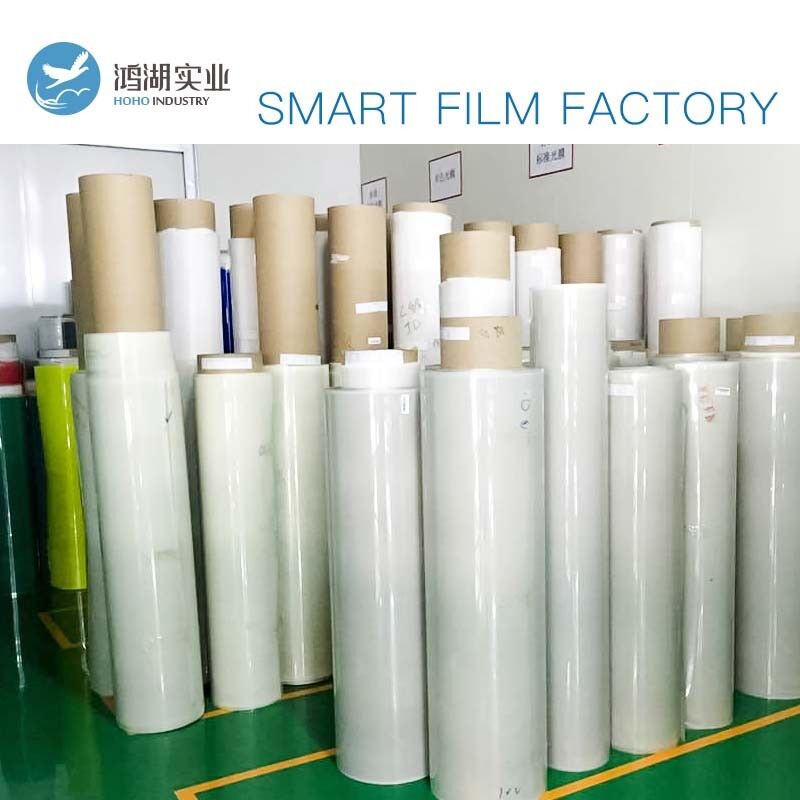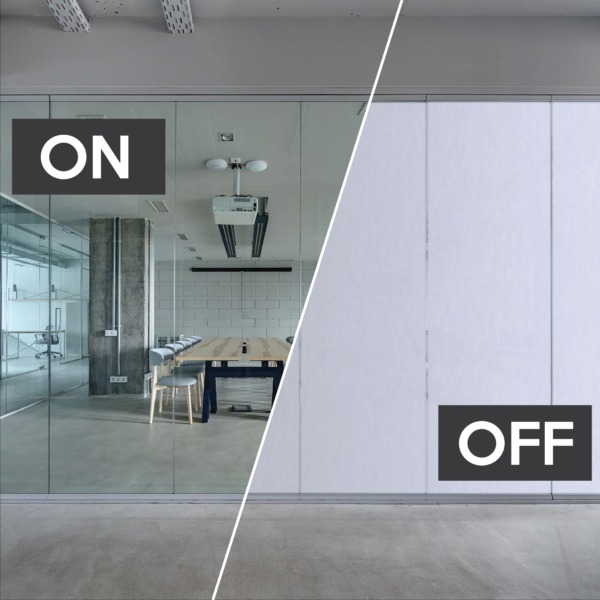In recent years, the emergence of technology has significantly impacted various aspects of our daily lives, including how we design and decorate our living spaces. One such technological innovation that has caught the attention of interior designers and homeowners alike is switchable smart tint.
What is Switchable Smart Tint?
Switchable smart tint, also known as smart glass or switchable privacy glass, is a type of glass that can change from transparent to opaque with the flick of a switch. This dynamic technology utilizes a special film that contains liquid crystals, allowing users to control the level of opacity of the glass at their convenience.
Benefits of Switchable Smart Tint
Read more about switchable tint here.
One of the main advantages of switchable smart tint is its versatility in interior design. This innovative technology provides homeowners and designers with the flexibility to transform the appearance of a space instantly, whether they want to create an open and bright environment or enhance privacy and confidentiality.
Moreover, switchable smart tint is energy-efficient, as it can reduce the need for artificial lighting by allowing natural light to penetrate through when the glass is transparent. This not only helps lower energy costs but also contributes to a more sustainable and eco-friendly living environment.
Applications of Switchable Smart Tint
The applications of switchable smart tint are diverse and varied, making it a popular choice for both residential and commercial settings. In homes, switchable smart tint can be used in windows, skylights, and glass partitions to create adaptable living spaces that cater to different needs and moods.
In commercial buildings, switchable smart tint is often utilized in conference rooms, offices, and healthcare facilities to enhance privacy and improve productivity. The ability to control the opacity of the glass offers a practical solution for maintaining confidentiality during meetings or medical examinations.
Overall, switchable smart tint has revolutionized interior design by providing a dynamic and functional solution for controlling light and privacy in modern living spaces. With its energy-efficient properties and versatile applications, this innovative technology is set to become an integral part of the future of design and architecture.



